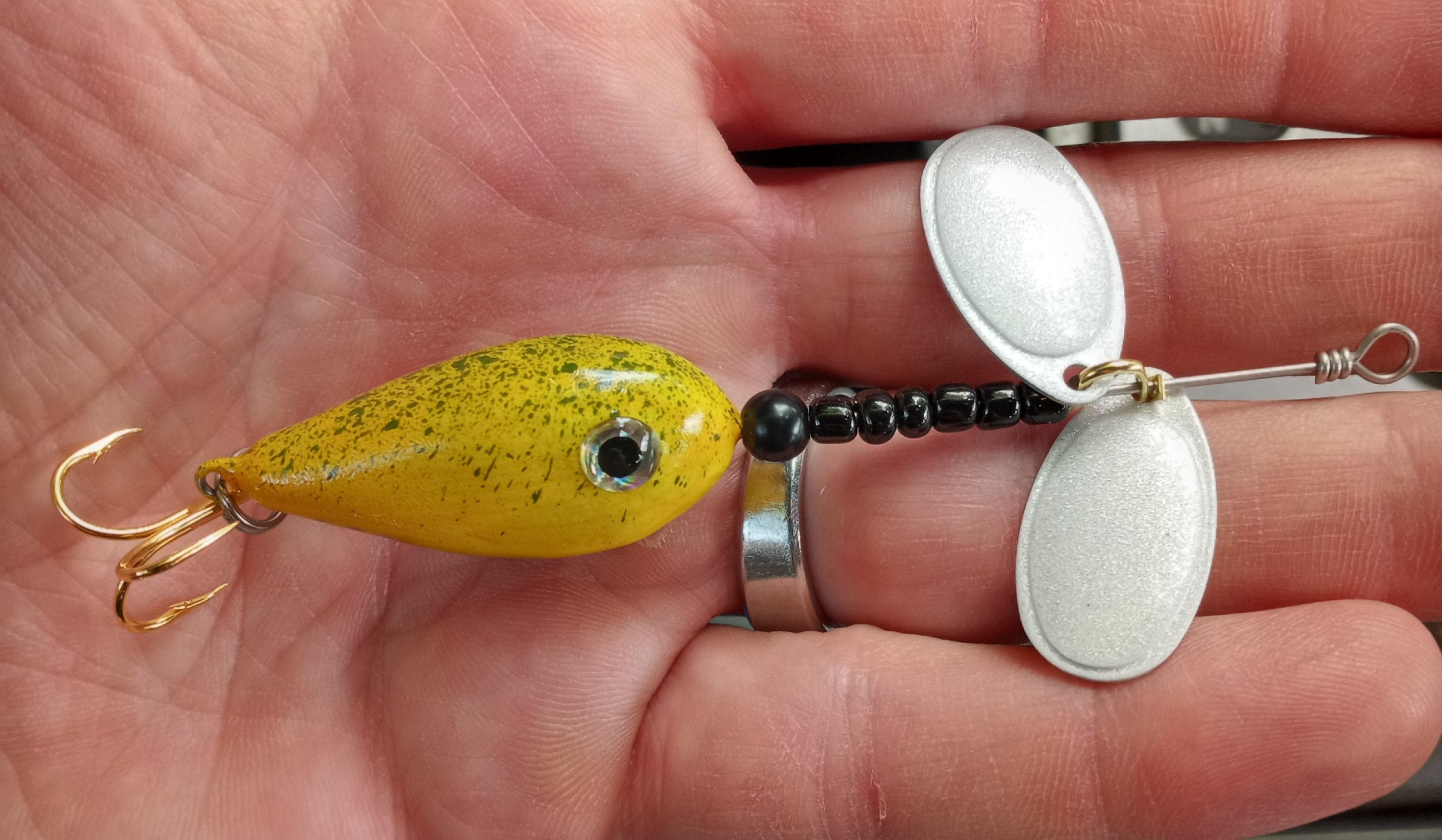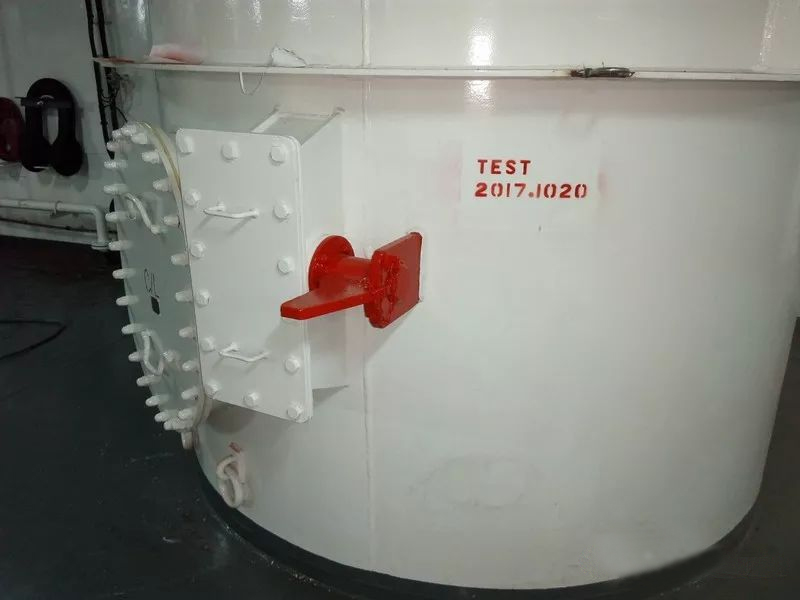Instructors: George Crowl - ppt download

Course Outline (1) a. Describe the various kinds of anchor rode and the advantages and disadvantages of each type. b. Identify the parts of the anchor cable starting with the anchor and ending at the vessel. c. Describe the methods of marking chain or rode and demonstrate that you know the chain or rode markings on your ship
ABL-8. Able. Anchoring. This PowerPoint is provided for those who may not have appropriate training aids available in a ship or location. This generally follows a companion lesson plan available at I expect you to modify it to fit your situation and teaching style. I am more concerned that Scouts learn than this fit a specific style. I am, however, a fan of the Effective Teaching model. Teaching EDGE is somewhat simplistic in its approach, but that has some advantages. Note: These lesson plans may also be used for teaching in the ship. For administrative convenience, they cover the entire specific numbered requirement (except one, where Galley is covered separately!). Individual Sea Scout Academy lessons may only cover part of the requirements. Similarly, ships may find that even just a portion of a subrequirement is all that can be done during a particular ship meeting. Adapt these lessons as needed to fit your youth and your situation. Share these plans with your youth who are teaching. Philosophy: Sea Scout Academy’s primary purpose is to teach the material to the Sea Scout. If the Sea Scout demonstrates mastery of parts of the subject, then the instructor should annotate on the class roster what has been passed, in the instructor’s opinion. Skippers have the right to re-examine any Sea Scout in any requirement. (Knots are not a good subject to give a pass in.) Instructors: George Crowl.
b. Identify the parts of the anchor cable starting with the anchor and ending at the vessel. c. Describe the methods of marking chain or rode and demonstrate that you know the chain or rode markings on your ship s vessel. 8. Anchoring. a. Describe the various kinds of anchor rode and the advantages and disadvantages of each type. b. Identify the parts of the anchor cable starting with the anchor and ending at the vessel. c. Describe the methods of marking chain and demonstrate that you know the chain markings on your ship vessel. d. While on a cruise assist in the construction of an anchor watch schedule and stand one watch. e. Identify a capstan or windlass and explain its use in handling line, wire rope, or chain. Reference: See Ground Tackle on page Equipment Required: Samples of anchor rode and the parts of the anchor cable would be useful. Ratio: 1:6 Instructor:Student, youth make good assistants.
e. Identify a capstan or windlass and explain its use in handling line, wire rope, or chain. 8. Anchoring. a. Describe the various kinds of anchor rode and the advantages and disadvantages of each type. b. Identify the parts of the anchor cable starting with the anchor and ending at the vessel. c. Describe the methods of marking chain and demonstrate that you know the chain markings on your ship vessel. d. While on a cruise assist in the construction of an anchor watch schedule and stand one watch. e. Identify a capstan or windlass and explain its use in handling line, wire rope, or chain. Reference: See Ground Tackle on page Equipment Required: Samples of anchor rode and the parts of the anchor cable would be useful. Ratio: 1:6 Instructor:Student, youth make good assistants.
There are essentially three kinds of anchor rode, chain, nylon, and manila.
Some shock absorbancy as chain is lifted from the seabed. Chain at the anchor for smaller vessels. Weight keeps anchor on the ground. Chain resists abrasion on rocks, etc. Connects to rope rode. There are essentially three kinds of anchor rode, chain, nylon, and manila. Chain is used for large vessels because of its resistance to abrasion, and the weight of the chain provides some shock absorbtion as the chain is lifted from and returned to the seabed. Lighter weight chain is used to connect the anchor and rope road, again with the intent that the length of chain will take the main abrasion. Discuss why a chain is normally attached to the ring of an anchor. Chain resists abrasion from the bottom rocks, sand and mud, and provides a force to keep the shank lying on the bottom. The illustrations are of stud anchor chain, which is usually used on large vessels for the additional strength, weight, and non-kingking. The non-stud chain is usually significantly smaller for smaller vessels and is primarily used for short distances at the anchor connection. There are essentially three kinds of anchor rode, chain, nylon, and manila. Chain is used for large vessels because of its resistance to abrasion, and the weight of the chain provides some shock absorption as the chain is lifted from and returned to the seabed. Lighter weight chain is used to connect the anchor and rope road, again with the intent that the length of chain will take the main abrasion. Discuss why a chain is normally attached to the ring of an anchor. Chain resists abrasion from the bottom rocks, sand and mud, and provides a force to keep the shank lying on the bottom.
Nylon is much more subject to abrasion from rocks, sand and mud. Can be used for small boats, or a lunch hook. Nylon is the preferred anchor rode for the remainder. Braided is better than laid, because the cover protects the load bearing threads from abrasion. Nylon stretches, and absorbs shock as it tightens. It dries more easily and is less susceptible to rot. All nylon rodes: Small boats often use anchor rodes made entirely of three- strand nylon because they are lightweight, inexpensive and, for boats without a windlass or anchor well, easier to stow than rodes with chain. Although all-nylon anchor rodes can be quite strong, they lack the chafe resistance of rodes with chain and are therefore not appropriate for extended use or for use in rough weather. As the rode for a lunch hook or spare anchor, however, an all-nylon rode functions quite well. (West Marine) Illustrations are of 3-strand and braided nylon, both with a shackle already attached. Nylon is the preferred anchor rode for the remainder. Braided is better than laid, because the cover protects the load bearing threads from abrasion. Nylon stretches, and absorbs shock as it tightens. It dries more easily and is less susceptible to rot.
Has more stretch than many materials. Subject to rot if put away wet. Seldom used anymore for serious use. Manila used to be the main anchor rode, it does have more stretch than some other materials. However, it is not as good a shock absorber as nylon. If it is put away wet it is susceptible to rot. Manila used to be the main anchor rode, it does have more stretch than some other materials. However, it is not as good a shock absorber as nylon. If it is put away wet, it is susceptible to rot.
ABL-8b Identify the parts of the anchor cable starting with the anchor and ending at the vessel. T
Chain – much longer than depicted. Thimble, eye splice, safety wire and seizings. Rode. The anchor normally has a ring attached to the shank. To that ring is attached a shackle, then chain. A swivel is often set in the chain to allow for rotation of the rode. More chain, a shackle to attach to either the main chain, or to the thimble. If attached to a rope rode, the thimble is surrounded by a close-fitting eye splice, reinforced by safety wire and siezings. Anchor shank. Anchor ring. Shackle (to anchor) Chain. Swivel. Chain (may not be necessary) Shackle (to rode) Main chain or thimble. (Thimble has eye splice around, with safety wire and siezings)A. The anchor normally has a ring attached to the shank. To that ring is attached a shackle, then chain. A swivel is often set in the chain to allow for rotation of the rode. More chain, a shackle to attach to either the main chain, or to the thimble. If attached to a rope rode, the thimble is surrounded by a close-fitting eye splice, reinforced by safety wire and seizing. Anchor shank. Anchor ring. Shackle (to anchor) Chain. Swivel. Chain (may not be necessary) Shackle (to rode) Main chain or thimble. (Thimble has eye splice around, with safety wire and seizing)
Allows rotation of chain and line when needed. Often galvanized steel, like the chain. Swivel may be desired in the chain.
The illustration is similar but not exact to the description below. The description is from the 2004 printing. An example is military chain marking. Both military and civilian chains come in shots of 15 fathoms (90 feet). They are connected by a detachable link. First shot: 15 fathoms – detachable link red, one white link on each side with one turn of wire around the stud (crosspiece) of the white links. Second shot: total 30 fathoms – detachable link white, two white links on each side with two turns of wire around the studs of the outer white links. Third shot: total 45 fathoms – detachable link blue, three white links on each side with three turns of wire around the studs of the outer white links. Fourth shot: total 60 fathoms – detachable link red, four white links on each side with four turns of wire around the studs of the outer white links. Fifth shot: total 75 fathoms – detachable link white, five white links on each side with five turns of wire around the studs of the outer white links. Sixth shot: total 90 fathoms – detachable link blue, six white links on each side with six turns of wire around the studs of the outer white links. An example is military chain marking. Both military and civilian chains come in shots of 15 fathoms (90 feet). They are connected by a detachable link. First shot: 15 fathoms – detachable link red, one white link on each side with one turn of wire around the stud (crosspiece) of the white links. Second shot: total 30 fathoms – detachable link white, two white links on each side with two turns of wire around the studs of the outer white links. Third shot: total 45 fathoms – detachable link blue, three white links on each side with three turns of wire around the studs of the outer white links. Fourth shot: total 60 fathoms – detachable link red, four white links on each side with four turns of wire around the studs of the outer white links. Fifth shot: total 75 fathoms – detachable link white, five white links on each side with five turns of wire around the studs of the outer white links. Sixth shot: total 90 fathoms – detachable link blue, six white links on each side with six turns of wire around the studs of the outer white links.
Make your own up that you and others can understand. Tell what your Sea Scout ship uses. Marking anchor line for small boats is strictly up to the owner. Three different markings are shown. The students need to describe what is on their own vessel. Do not be surprised if there are no markings on many typical Sea Scout vessels. There is no standard marking system for rode. The students need to describe what is on their own vessel. Do not be surprised if there are no markings on many typical Sea Scout vessels.
How long do we need an anchor watch for How many people do we have to stand the anchor watch How long can a person stay alert during an anchor watch How can we minimize disruption of sleep and other duties Ask the Scouts how they would construct an anchor watch schedule. If they do not come up with similar answer by themselves, ask them to consider: 1) What is the purpose of an anchor watch 2) How long a period do we need an anchor watch 3) How many people do we have to stand an anchor watch 4) What is a reasonable amount of time that one person can be effective on the anchor watch 5) How can we minimize the disruption of sleep or other duties Ask the Scouts how they would construct an anchor watch schedule. If they do not come up with similar answer by themselves, ask them to consider: 1) What is the purpose of an anchor watch 2) How long a period do we need an anchor watch 3) How many people do we have to stand an anchor watch 4) What is a reasonable amount of time that one person can be effective on the anchor watch How can we minimize the disruption of sleep or other duties
Janet Jack Jill Murgitrude. A.
Check anchor light and / or ball. Monitor Channel 16. Call the Skipper for unusual circumstances. A. Duties: Watch GPS or take bearings to insure vessel is not dragging anchor. Insure vessel will not interfere with other vessels. Check anchor light and/or ball. Monitor Channel 16. Call the Skipper for unusual circumstances.
ABL-8e Identify a capstan or windlass and explain its use in handling line, wire rope, or chain. T
Most sailboats take three line wraps and tail the line to be coiled later. Old-time sailboats used it to raise the anchor. Capstans and windlasses both perform the same function, to provide more force to a line, wire, or chain than merely hauling on it will provide. A capstan is mounted vertically. A line can be secured to the capstan, or wrapped several times and tailed off the capstan as it is turned. Old-timey capstans were turned by many men who pushed on wooden bars to turn the capstan on its axle. Modern capstans are powered by electric or other motors, pneumatics (air), or hydraulics. Many are geared to change the direction of the force. Many sailboats have winches that are small capstans powered by a hand crank to tighten sheets of the sails. Capstans and windlasses both perform the same function, to provide more force to a line, wire, or chain than merely hauling on it will provide. A capstan is mounted vertically. A line can be secured to the capstan, or wrapped several times and tailed off the capstan as it is turned. Old-timey capstans were turned by many men who pushed on wooden bars to turn the capstan on its axle. Modern capstans are powered by electric or other motors, pneumatics (air), or hydraulics. Many are geared to change the direction of the force. Many sailboats have winches that are small capstans powered by a hand crank to tighten sheets of the sails.
Many main and jib halyards use windlasses. Windlass best known for raising anchor chain or rode. Note the slots for chain on both. A windlass is mounted horizontally. Again, a line or chain can be secured to the windlass, or wrapped several times and tailed off the windlass as it is turned. A windlass for the anchor chain, with sockets in which the chain rides, is a good modern example, with the anchor chain falling into the anchor locker. Again, there are several power sources and gearing options. Often, the halyard winches on sailboats are small windlasses. Both these are horizonal windlasses. There is a tendency to call both a capstan and windlass a windlass, regardless of orientation. Some are stricter than others in classifying a capstan vs windlass. A windlass is mounted horizontally. Again, a line or chain can be secured to the windlass, or wrapped several times and tailed off the windlass as it is turned. A windlass for the anchor chain, with sockets in which the chain rides, is a good modern example, with the anchor chain falling into the anchor locker. Again, there are several power sources and gearing options. Often, the halyard winches on sailboats are small windlasses.
Term also used for winding up rope onto a spool, such as the winch used to pull and secure a small boat on a trailer. A.
Can be powered by hand crank, electric motor, pneumatic (air), and hydraulic motor. Electric is good for Sea Scout size boats. Hydraulic is better for large vessels. A.

ORD-11 Ordinary Practical Deck Seamanship Instructors: George Crowl. - ppt download
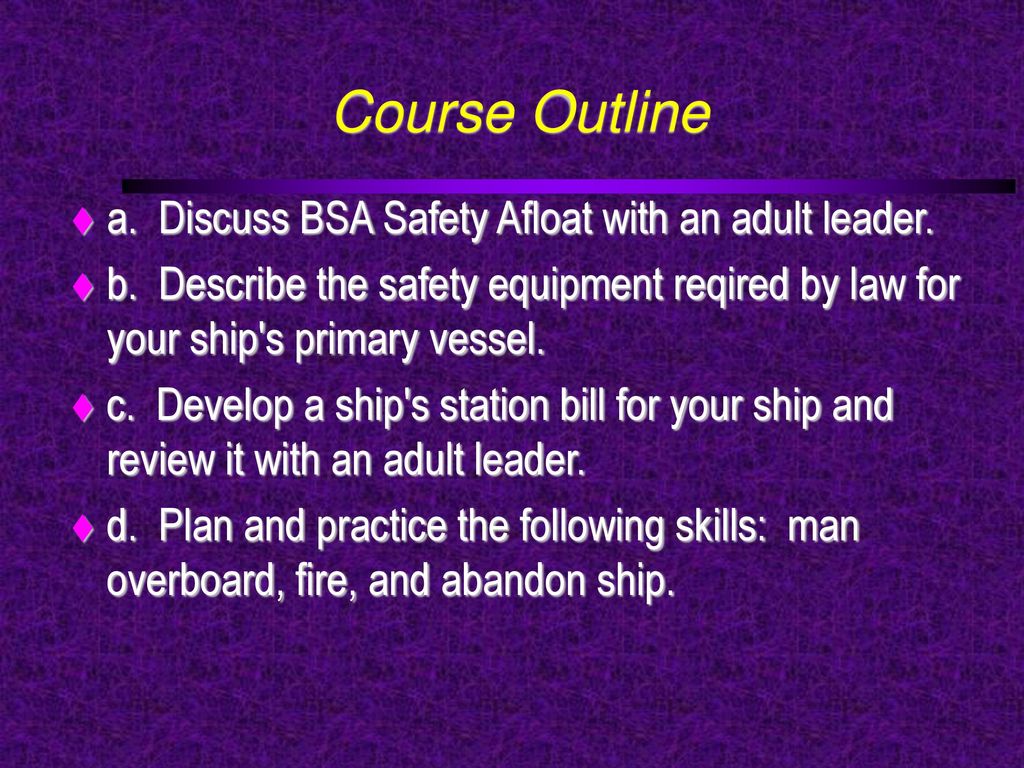
Instructors: George Crowl - ppt download

Instructors: George Crowl - ppt download
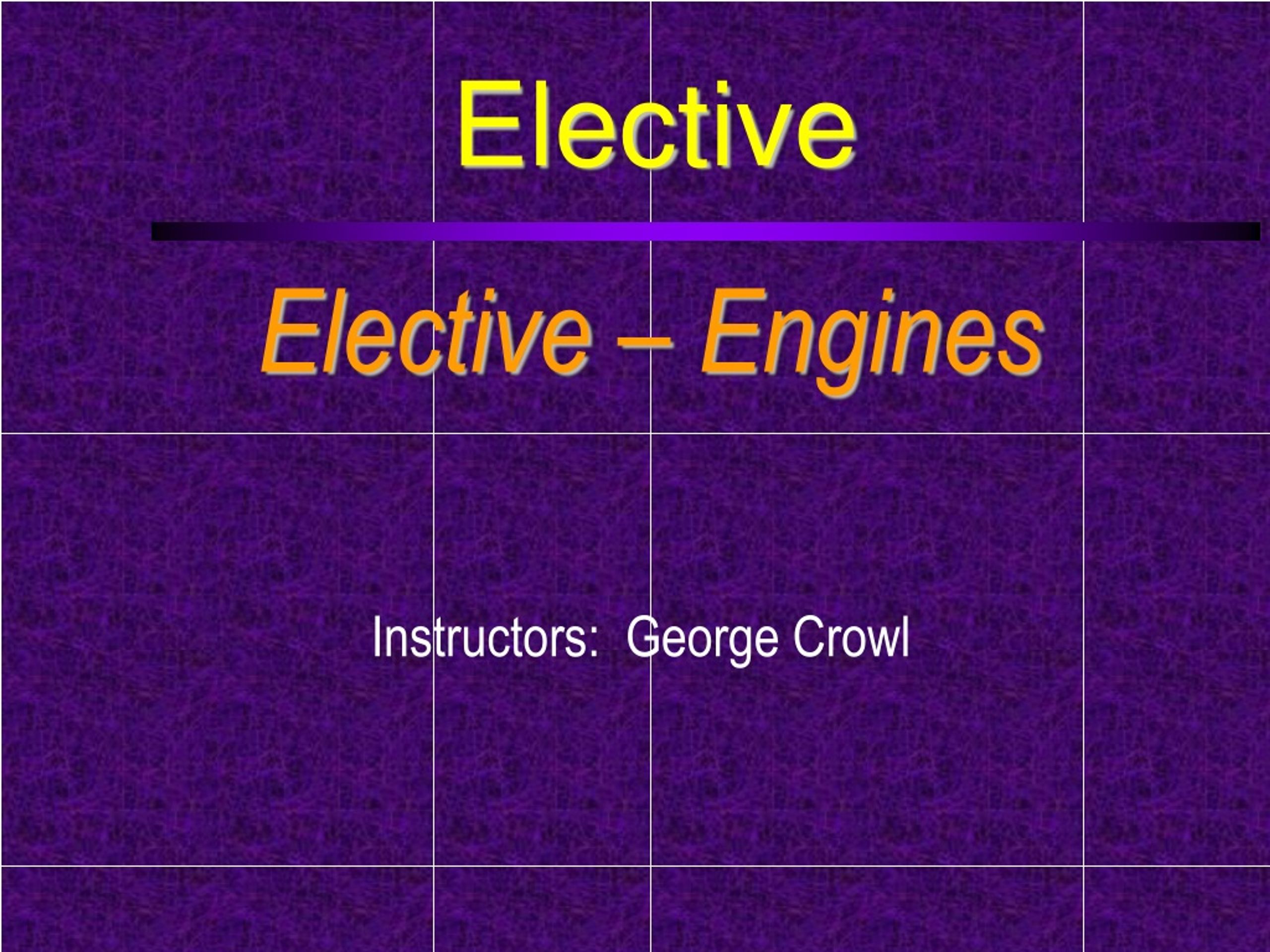
PPT - Elective PowerPoint Presentation, free download - ID:9220888

Business Professor to Lead National Marrow Donor Program

Instructors: George Crowl - ppt download

Instructors: George Crowl - ppt download
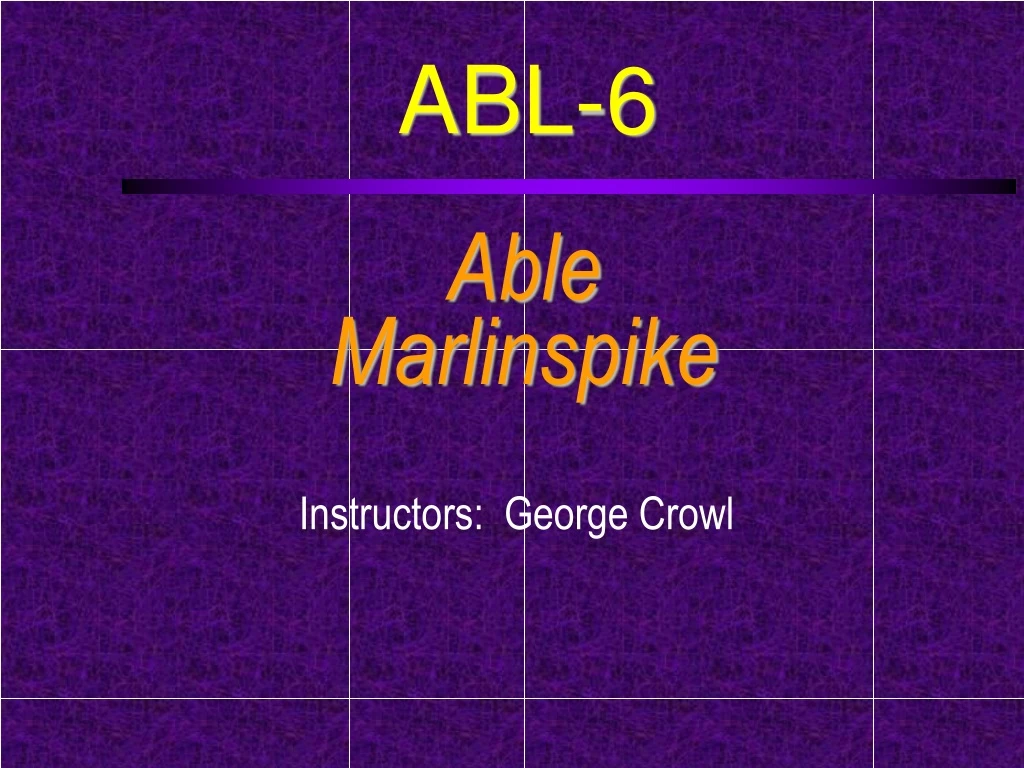
PPT - ABL-6 PowerPoint Presentation, free download - ID:9195195

Instructors: George Crowl - ppt download

Instructors: George Crowl - ppt download

Venturing Leaders Specific Training

Shadow Archives - Page 2 of 2 - C. G. Jung Institute of Chicago

George Kelly's Personal Construct Theory Presentation

Instructors: George Crowl - ppt download



